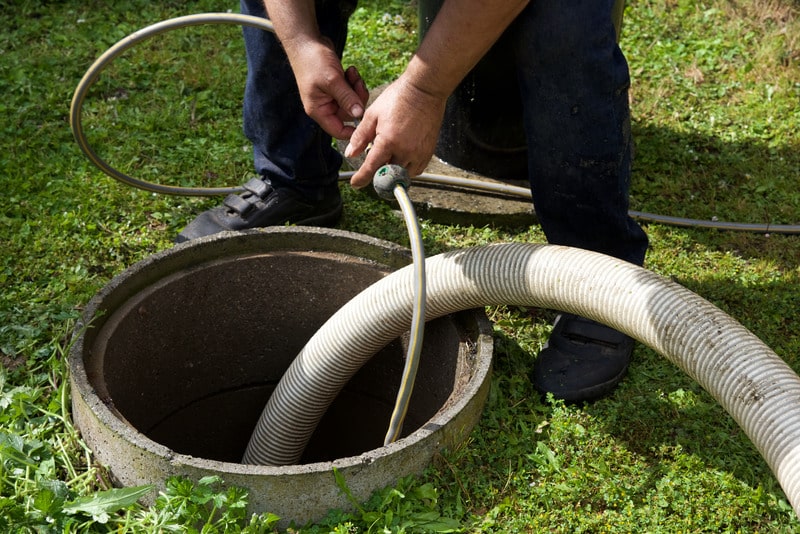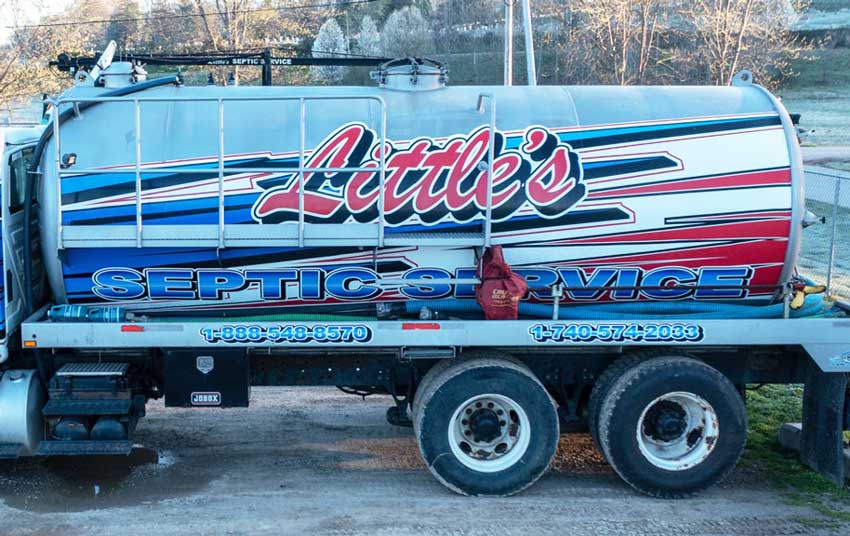The Ultimate Guide To Stillwell Septic And Grading
The Ultimate Guide To Stillwell Septic And Grading
Blog Article
Getting My Stillwell Septic And Grading To Work
Table of ContentsThe Greatest Guide To Stillwell Septic And Grading3 Easy Facts About Stillwell Septic And Grading Shown7 Easy Facts About Stillwell Septic And Grading ShownStillwell Septic And Grading Fundamentals ExplainedThe 7-Minute Rule for Stillwell Septic And GradingFascination About Stillwell Septic And GradingThe Single Strategy To Use For Stillwell Septic And Grading

House owners should likewise inform themselves on the basics of septic systems to guarantee they make informed decisions throughout the installation process - Septic Inspection. Septic systems are a vital part of numerous homes that are not attached to a community sewer system. They are created to deal with and deal with family wastewater on-site
The sewage-disposal tank is a large, underground container constructed from concrete, fiberglass, or plastic. It obtains all the wastewater from the home, consisting of water from sinks, commodes, showers, and cleaning makers. The container separates the strong waste from the liquid waste. The strong waste resolves to the base of the tank, while the liquid waste, or effluent, increases to the top.
10 Easy Facts About Stillwell Septic And Grading Explained
Along with regular upkeep, house owners need to additionally be conscious of what they purge down their drains. Products such as grease, oil, coffee grounds, and womanly hygiene items can block the system and create back-ups. It is likewise vital to save water and avoid overwhelming the system. Simple actions such as repairing leaky taps and toilets, mounting low-flow showerheads and bathrooms, and expanding laundry tons can help minimize water use and extend the life of the septic system.
The topography of the site is also reviewed to ensure that the septic system is set up at the correct altitude. https://justpaste.it/g6xhv. The system should be set up at a greater elevation than the surrounding location to stop contamination of the surrounding atmosphere. Troubles are the minimum distances needed by regulation between the septic system and various other frameworks or features such as wells, buildings, and building lines
The altitudes will certainly ensure that the septic system functions properly, and wastewater is effectively dealt with. It makes certain that the septic system is mounted in the most optimum place, taking into consideration the soil, topography, and setbacks.
Getting My Stillwell Septic And Grading To Work
Prior to installing a septic system, homeowners require to acquire permits and abide by laws. The laws vary depending on the state, region, and municipality. Therefore, it is important to consult the local health department or building department to make sure compliance. A few of the authorizations and policies that home owners need to take into consideration include:: Property owners require to get a permit from the local wellness division or structure division before setting up a septic tank.
For instance, some towns may need a minimal whole lot dimension for septic tank installation.: House owners require to follow ecological laws when mounting a septic system. Some states may require an ecological influence analysis before mounting a septic system.: House owners require to comply with building and construction laws when mounting a septic system.
How Stillwell Septic And Grading can Save You Time, Stress, and Money.
Some municipalities may require regular inspections and pumping of the septic tank. It is important for property owners to acquire licenses and abide with policies prior to mounting a septic system.
Among one of the most vital factors to think about when picking a sewage-disposal tank is the dimension. A sewage-disposal tank that is too small for the home's needs will need more regular pumping, while a container that is as well big can cause too much water build-up and prospective system failing. A basic regulation of thumb is that the storage tank must have the ability to hold at least 2 days' well worth of wastewater.
A Biased View of Stillwell Septic And Grading

Plastic storage tanks are cost effective and light-weight, yet they may not be as durable as various other products and can be prone to fracturing. It's likewise essential to take into consideration the type of system the sewage-disposal tank will certainly be used with. There are 2 main sorts of septic systems: gravity and stress. Gravity systems rely upon the natural circulation of wastewater to relocate via the system, while pressure systems make use of a pump to move wastewater with the system.
Some Of Stillwell Septic And Grading
Generally, choosing the right septic tank for a home is an important choice that needs careful consideration. Prior to mounting a septic storage tank, homeowners have to take certain steps to prepare for the installment process.
Below are some crucial security actions to comply with: Wear safety equipment: Property owners must use safety equipment, such as handwear covers, boots, and helmets, to avoid injury throughout the installation process. Stay clear of electrical lines: Home owners should stay clear of digging near electric lines to stop electrocution. Use care when running heavy machinery: Homeowners have to utilize caution when operating hefty equipment to avoid mishaps and injuries.
Getting My Stillwell Septic And Grading To Work
By following these necessary actions, property owners can make sure a successful sewage-disposal tank setup process. Sewage-disposal tank setup is a vital procedure that dig this requires cautious planning and execution. Homeowners who are setting up a septic system for the first time ought to know the essential steps associated with the process to guarantee that their septic system functions effectively and efficiently.

Report this page